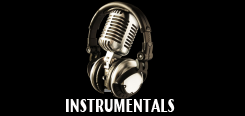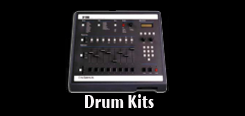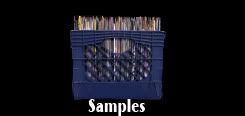
What if you want to boost up a snare sound that's embedded in a sample?
Madlib works a lot from mono loops, so this is a challenge. There are a couple of steps to getting a stereo reverb on the snare. First, make two copies of the track. On one of them, boost the midrange where the snare is, but don't assign an output for that track. Just send it out as a bus or assign it to an aux send — it's not a track you're actually going to listen to; you're going to use it to key a gate. Then, you put a gate on the second copy of the track and EQ it the same as the original loop and set the key input on the gate to the same bus as your nonlistening key track.
So, basically, you've got one copy of the track that's cruising along through the loop, and you've got another that's just gating only when the snare opens it. Sometimes, I'll slide the key track forward so it opens the gate a little bit early; that way, you don't get a pop when the gate opens. Put a stereo reverb on that snare gate, set it to 100 percent wet and then bring it up to where you can barely hear it. You time the reverb so that it's in tempo with the track — and there's your stereo snare.
Can you isolate a kick drum like that?
It doesn't always work with a bass line in the loop, because sometimes the kick and the bass are hitting at the same time, but it's a similar approach. In fact, they were doing this kind of thing as early as the disco days to make tracks bump — only with analog gear, of course. So, again, you make a nonlistening key track and boost the lows and then send it out on a bus. Then, make another track, an aux track with the Pro Tools Signal Generator. It's just a continuous tone that you place as a plug-in on that aux track, and then you lower the tone all the way down to 60 Hz. So, now, it's just a subsonic frequency, and once you put a gate on it, you can key the gate off of the bused track with all the boosted lows so that only the kick drum in the loop is opening the gate with that 60Hz tone. Then, you can play with the release time to shape it — whether you want a 909 shape or a long, decaying 808 shape.





